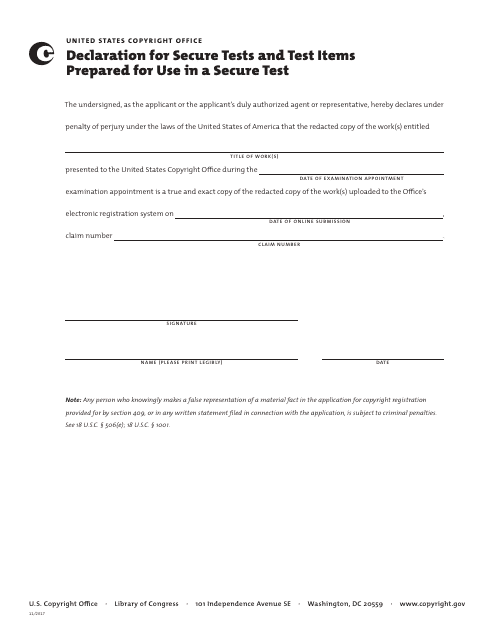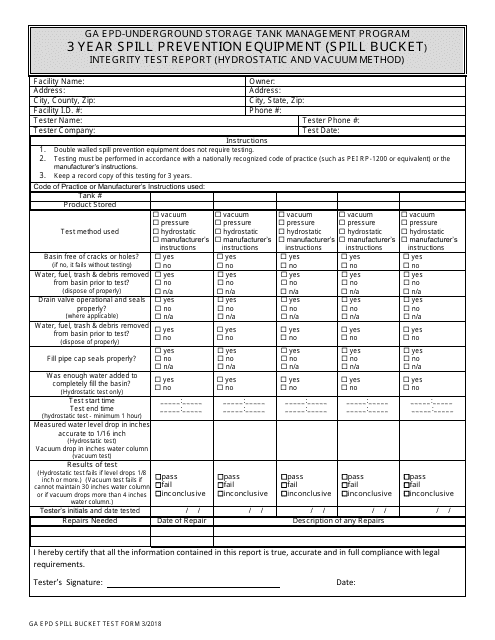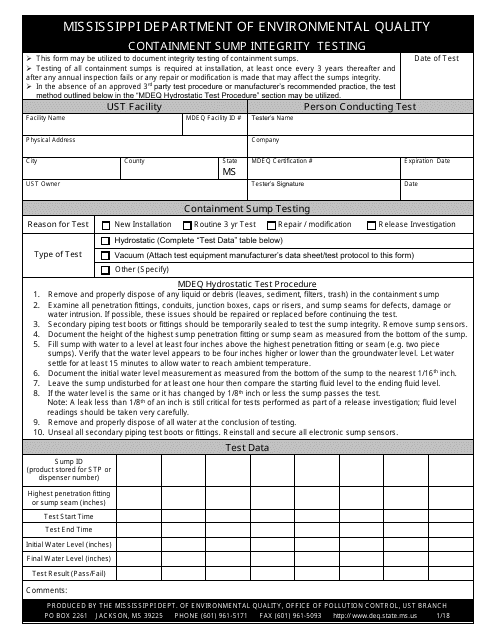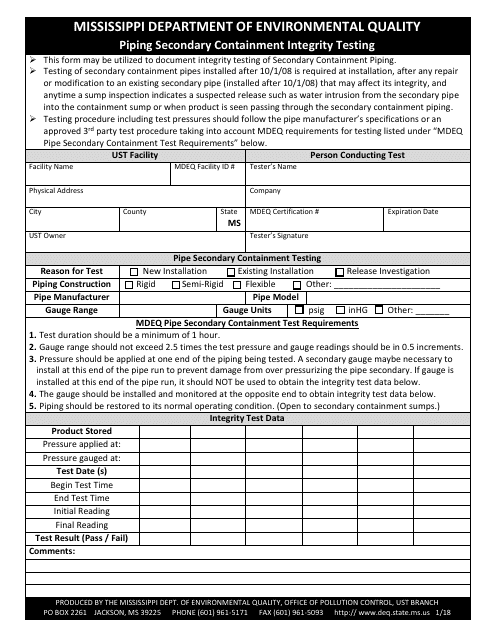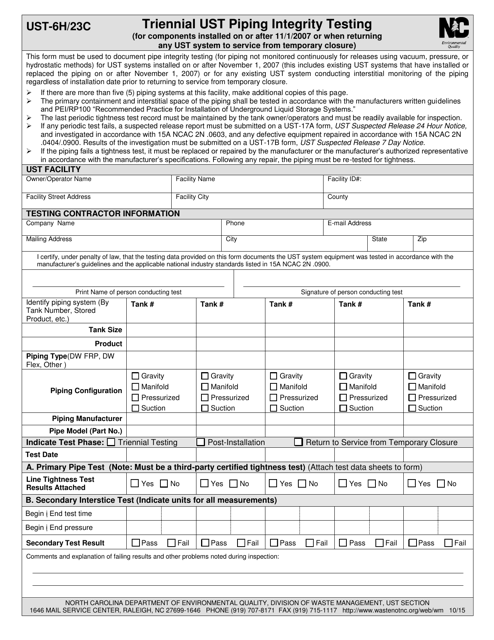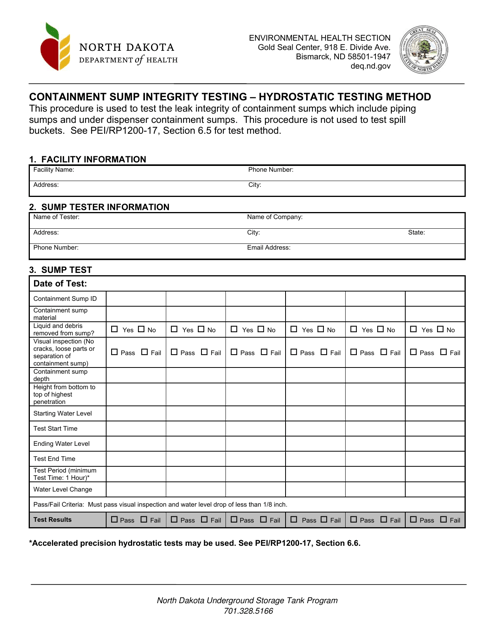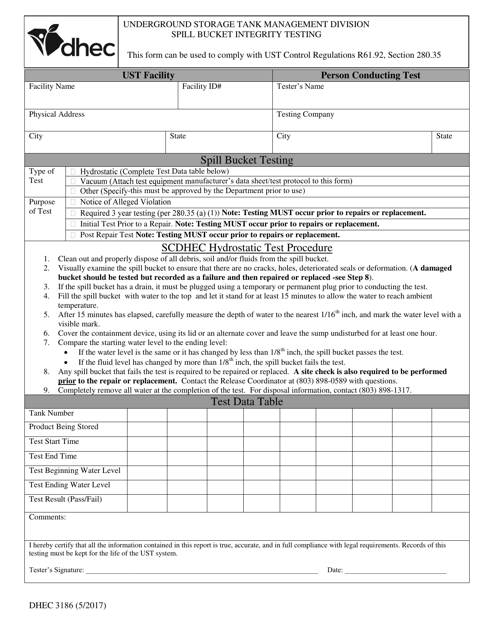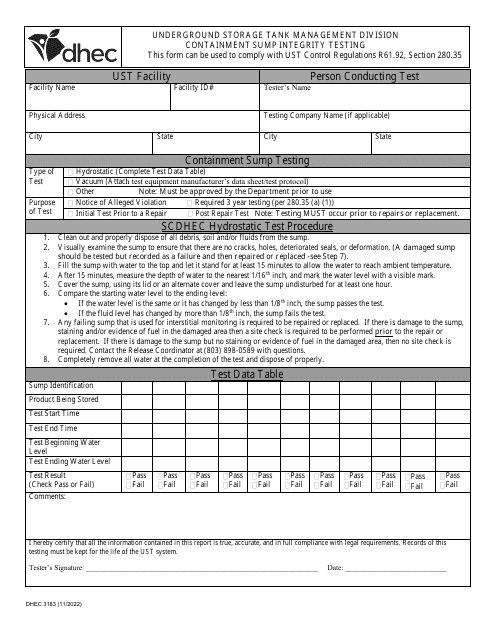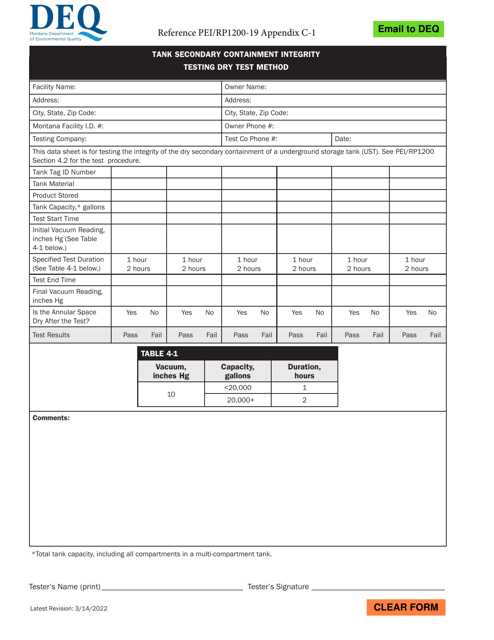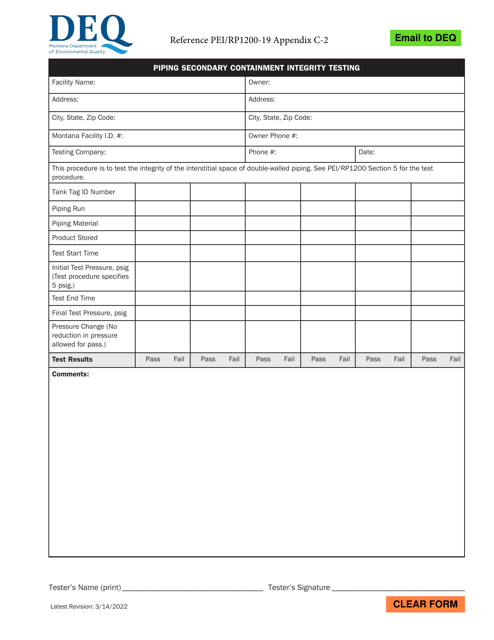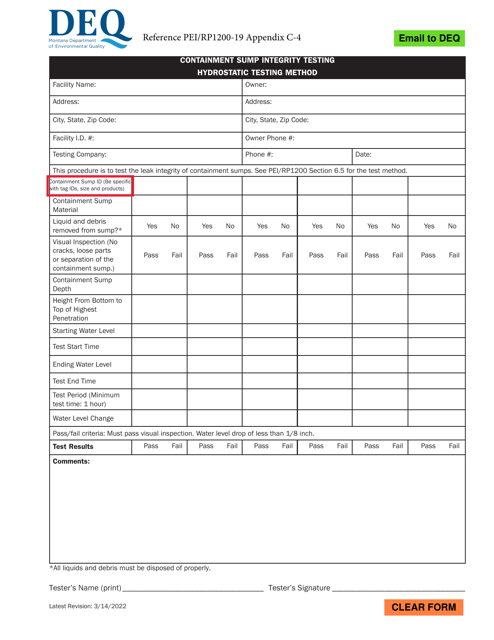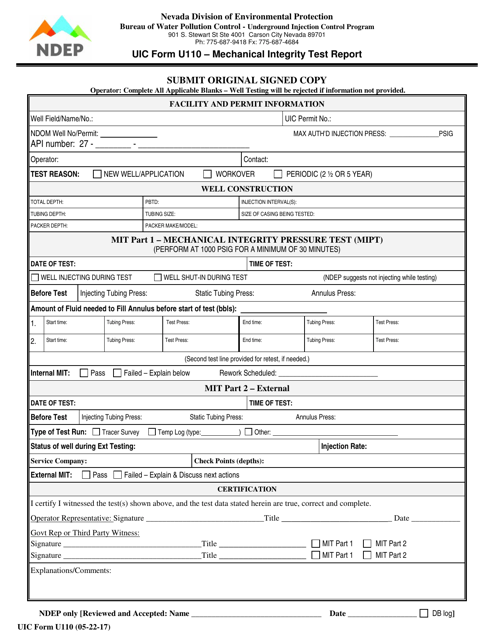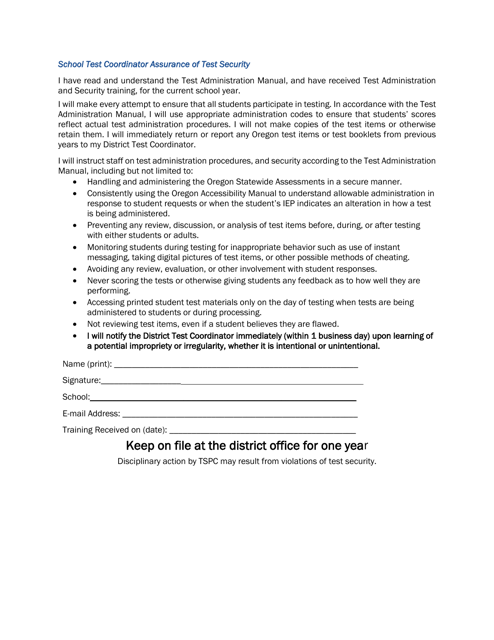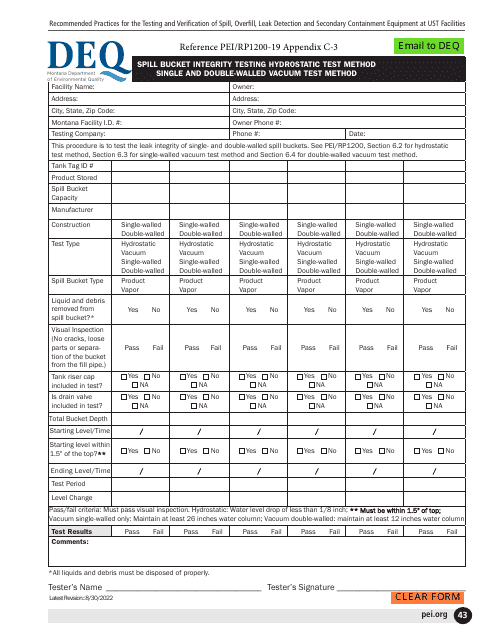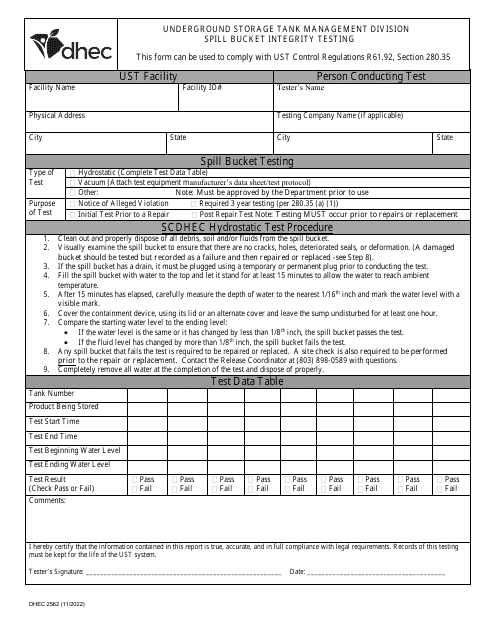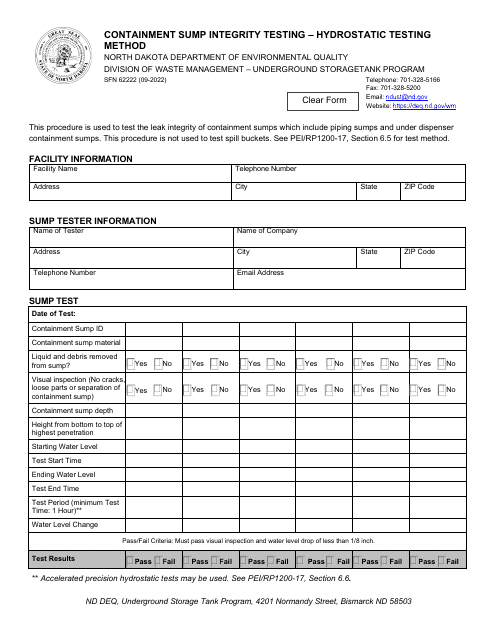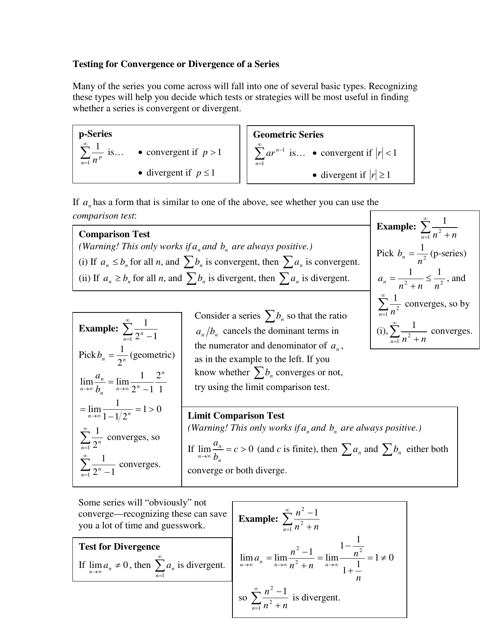Integral Test Templates
The integral test, also known as integrity testing or test integrity, is a crucial process for ensuring the safety and functionality of various systems. This testing method helps to identify any potential breaches or weaknesses in structures, containers, or piping systems.
Through the integral test, professionals can examine the integrity of different components and determine if they meet the required standards and regulations. This testing process is essential in preventing potential hazards, such as leaks, spills, or other forms of environmental contamination.
One example of an integral test document is the DHEC Form 3186 Spill Bucket Integrity Testing in South Carolina. This document outlines the procedures and guidelines for conducting tests on spill buckets to ensure they are free from any defects. Similarly, the DHEC Form 3183 Containment Sump Integrity Testing in South Carolina provides guidelines for testing the integrity of containment sumps.
Another document, the Appendix C-2 Piping Secondary Containment Integrity Testing in Montana, focuses on the specific testing requirements for piping systems in secondary containment. This document helps to verify the overall integrity of piping systems, ensuring that no leaks or breaches occur.
Integrating an integral test into your regular maintenance procedures can provide peace of mind, knowing that your systems are reliable and in compliance with regulations. By identifying and addressing potential issues early on, you can prevent costly repairs and mitigate any potential environmental impacts.
Choose integrity, choose safety – embrace the importance of the integral test, and protect your systems from any risks.
Documents:
28
This document is for declaring secure tests and test items before they are used in a secure test.
This document is used for conducting integrity tests on spill prevention equipment, specifically spill buckets, in Georgia, United States. The tests are carried out using hydrostatic and vacuum methods to ensure the equipment is functioning properly.
This Form is used for testing the integrity of containment sumps in Mississippi.
This form is used for conducting annual spill bucket integrity testing in Mississippi. It ensures that spill buckets are functioning properly to prevent potential fuel leaks and contamination.
This Form is used for testing the integrity of the secondary containment system used for piping in the state of Mississippi. It helps ensure that the system is working properly to prevent leaks and protect the environment.
This Form is used for triennial Underground Storage Tank (UST) piping integrity testing in North Carolina. It helps ensure the integrity and safety of UST systems by testing for leaks and potential issues.
This type of document explains the hydrostatic testing method used in North Dakota for testing the integrity of containment sumps. The document provides information on how this testing method is conducted to ensure the safety and effectiveness of the sumps.
This form is used for conducting spill bucket integrity testing in South Carolina to ensure compliance with environmental regulations.
This document describes the hydrostatic testing method used to assess the integrity of containment sumps in North Dakota. It provides guidelines for conducting the testing and evaluating the results.
This form is used for submitting a Mechanical Integrity Test Report for UIC (Underground Injection Control) activities in Nevada. It documents the results of the test and ensures compliance with regulatory requirements.
This document provides instructions for conducting spill bucket integrity testing using hydrostatic and vacuum test methods for single and double-walled systems in Montana.
This form is used for conducting hydrostatic testing to assess the integrity of containment sumps in North Dakota.
This document provides a cheat sheet for testing the convergence of series in mathematics. It covers various tests and methods used to determine whether a series converges or diverges.
This document provides a cheat sheet for various convergence tests used in series analysis. It illustrates the different tests and provides a concise summary of when and how to apply them.

